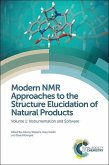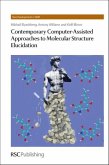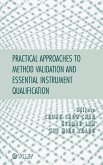Inspired by the success of ring-polymer molecular dynamics (RPMD), we derive a transition-state-theory version (RPTST) with an optimal dividing surface which is, in general, conical. This explains why centroid-based quantum TSTs are inaccurate for asymmetric barriers at low temperatures. The geometry of the ring-polymer transition state describes a finite-difference approximation to the semi-classical instanton trajectory. Based on this, a new practical method for locating multidimensional instantons is proposed, by computing saddle points on the ring-polymer surface, and a method for computing the reaction rate constant is derived based on the ImF premise. We show that a free-energy version of the ImF instanton theory is related to RPTST and thereby provide an explanation for why RPMD produces accurate results in the deep-tunnelling regime. We also present a ring-polymer instanton derivation of a theory for calculating tunnelling splittings leading to a practical method to determine the splitting pattern of molecular clusters with two or more degenerate wells. This method is applied to the water dimer, trimer, and octamer, and shown to be in good agreement with experiment.








